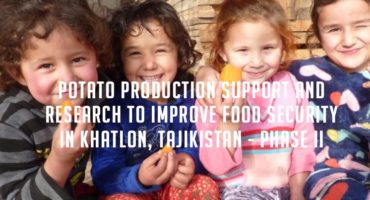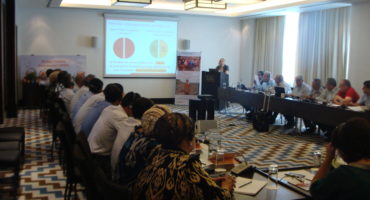Situation and Solution
In Tajikistan, 10.4 percent of the population lives on less than $1.25 a day, and many women and children are undernourished. Common dietary deficiencies in important nutrients, including vitamin A, iron, zinc, iodine, and animal protein, has led to nearly 30% stunting and 7% wasting among children younger than 24 months. The project seeks to increase the production and consumption of improved vegetables high in vitamin A, iron, and/or zinc in the Feed the Future zone of influence – 12 districts in Khatlon province – by introducing new crops, new varieties and technologies, and training local farmers and their families to use them. These technologies include: the introduction of orange-fleshed sweet potato, the production of early bulking potato, breaking dormancy of newly harvested potatoes for planting in the second growing season, and using insect nets to protect potato plants from aphids, white flies and other insects.
 Read more +29 October 2019 By pspsr in Gallery, News
Read more +29 October 2019 By pspsr in Gallery, News Read more +03 October 2019 By pspsr in Events, Gallery, News
Read more +03 October 2019 By pspsr in Events, Gallery, News Read more +29 October 2019 By pspsr in Gallery, News
Read more +29 October 2019 By pspsr in Gallery, News Read more +03 October 2019 By pspsr in Events, Gallery, News
Read more +03 October 2019 By pspsr in Events, Gallery, News